HALIFAX, CANADA – located on the eastern shore of Canada in the province of Nova Scotia. The metropolitan capital of Nova Scotia is known as the ”City of trees”. You may be surprised to find much more than just flora when you arrive at this explorer’s paradise. Halifax is a city of pleasant contradictions, with a vivacious urban area, charming small towns and stunning natural scenery. Museums, historic sights and vibrant gardens are just a few of the many things to take advantage of in Halifax. Some of the city’s main attractions are the Halifax Citadel, the Old Town Clock, City Hall, Province House and St. Paul Anglican Church.
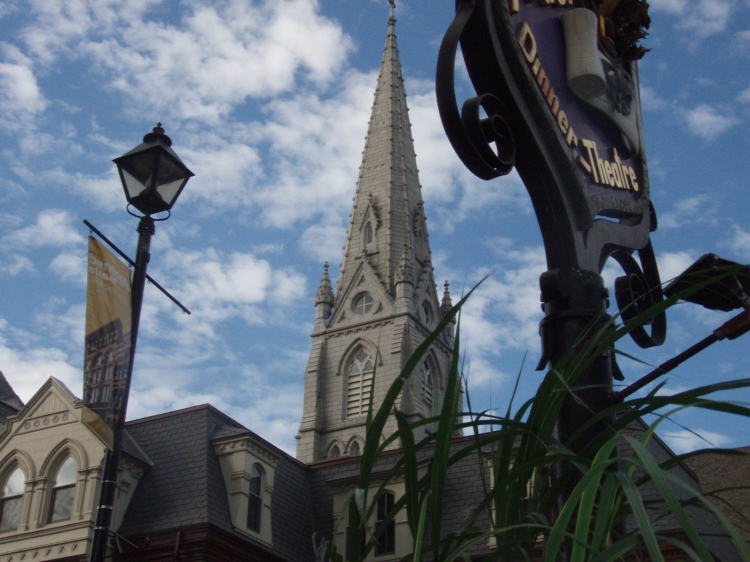
Running north, the Halifax Waterfront Boardwalk links the harbor and cruise terminals to many waterfront attractions, offering visitors and easy amble to attractions like the Canadian Museum of Immigration, the Halifax Seaport Farmers Market, Maritime Museum, Cable Wharf, the Metro Transit ferry terminal, the Historic Properties and Casino Nova Scotia. Shops, Restaurants, Boutiques, vendors, pubs and historic look offs line the routes.
Among the most visited is the Maritime Museum of the Atlantic.
It features several Titanic exhibits that demonstrate the role Halifax played in the disaster, when three local ships contributed in the task of recovering victims. In fact, over 120 Titanic passengers were laid to rest in nearby Fairview Lawn Cemetery.
A 20-minute drive from Metro, experience Acadian life as lived in the Chezzetcook area. Built in the 1850‘s, the museum houses displays on local heritage, complete with a period kitchen. The ground feature artifacts, plus a cabano oven and a wooden outhouse.
Exploring Halifax Harbour features from shore or by boat, you’ll notice four distinct Islands. Closest to downtown is compact Georges Island, with the small lighthouse on the side. It played a key role in the harbour’s defence system for almost 200 years.
The island was recently named a National Historic site. A little further out in the harbour is McNabs island, another important part of the harbour defence system that was also home to several generations of independent settlers. Today a 22 km network of hiking trails leads past the island’s lighthouse, ruined fortress and batteries, sand beaches and abandoned homesteads. A ferry from Eastern passage or charter boats from Cable Wharf can take you there for a day of exploring. But be sure to pack a lunch and bring water because there are no services on the island. Between Mcnab’s and the mainland at Eastern passage lies Lawlor Island, the protected woodland home of deer and osprey. Finally, tiny Devil’s Island shimmers on the horizon at the harbour’s mouth. Helen Creighton, the celebrated folklorist spent decades gathering stories of mysterious happenings on this ominously named island, once the seasonal home of several fishermen.
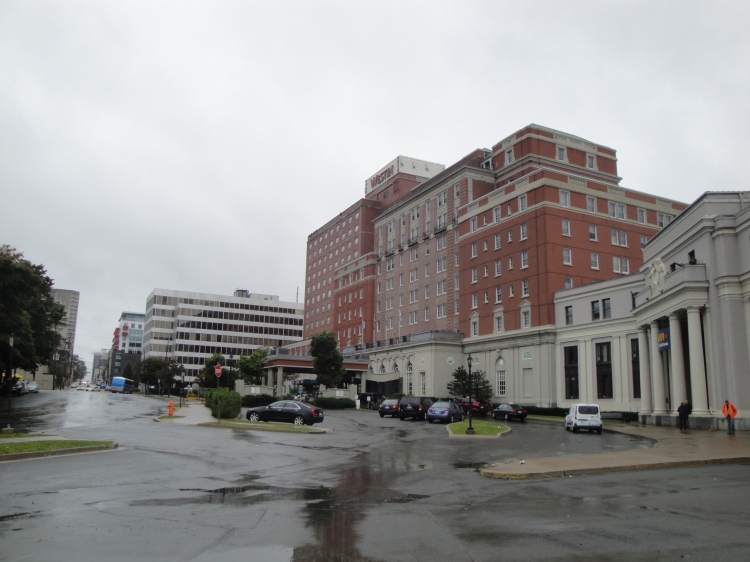

An exciting way to make the most of your day is by visiting Paggy’s Cove – an impressive rock formations hundreds of millions of years old. It is a 45 minutes drive west of Halifax on route 333 and is a place of great rugged beauty, hewn by the forces of nature. Dominated by its famous lighthouse, this tiny fishing community clings to land’s edge. Moss and lichens creep across a barren landscape, peppered by huge boulders called ” erratics”, remnants left ten thousand years ago by receding glaciers at the end of the last Ice Age. Crashing waves batter the rocky shoreline as soaring gulls cry overhead.
Amid this unforgiving landscape, the Peggy’ s Cove lighthouse endures. Nestled in a blanket of miss, this iconic white and red bacon is a must for every visitor’s photo album and draws thousands of sightseers annually. Explore the rocks with care though, as rogue waves are treacherous. The village was named after the lone survivor of a schooner that sank here in 1800. The village most famous resident was William de Garthe, a Finnish artist who carved a memorial to the courage of the local fishermen. The sculture covers a 30 metres granit out outcrop and depicts St. Michael, several fisherman, their wives and children. Peggy’s Cove breathtaking natural beauty has made it one of the province’s premium tourist destination and one of the most photographed attractions in Canada.
Whale – watching excursion is a highly recommended outdoor activity in Nova Scotia. To meet local marine life, you’ll find a variety of boat tours and deep-sea fishing charters offered by operators in Fisherman’s Cove in Eastern Passage and at Cable Wharf in Downton Halifax.


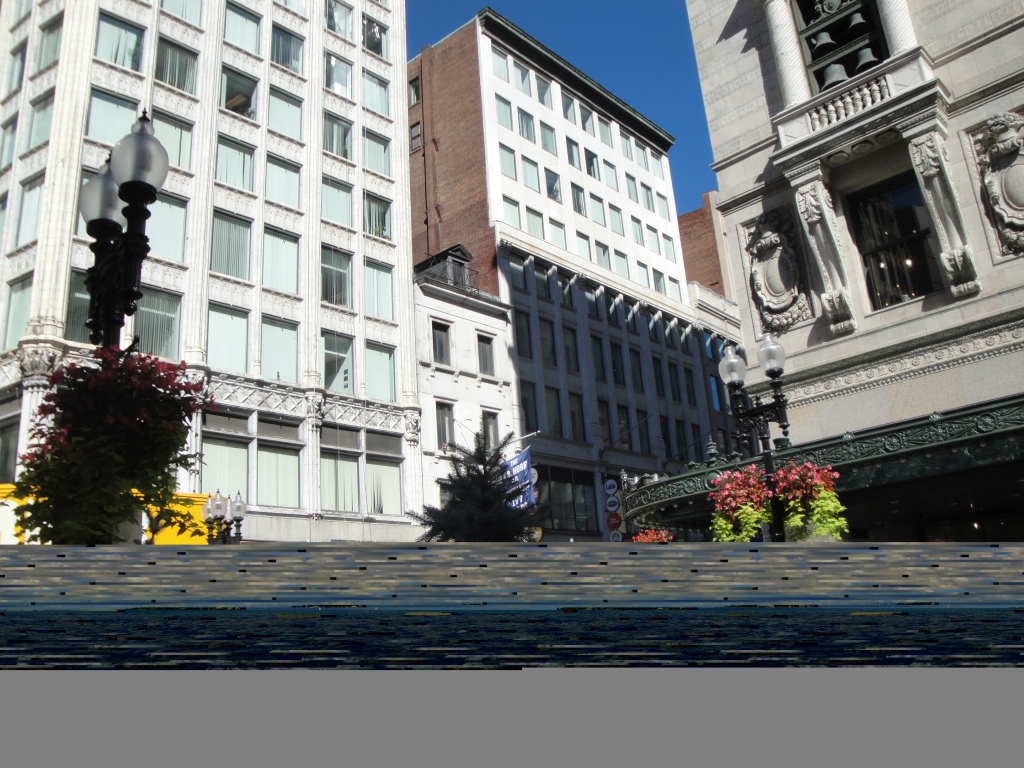
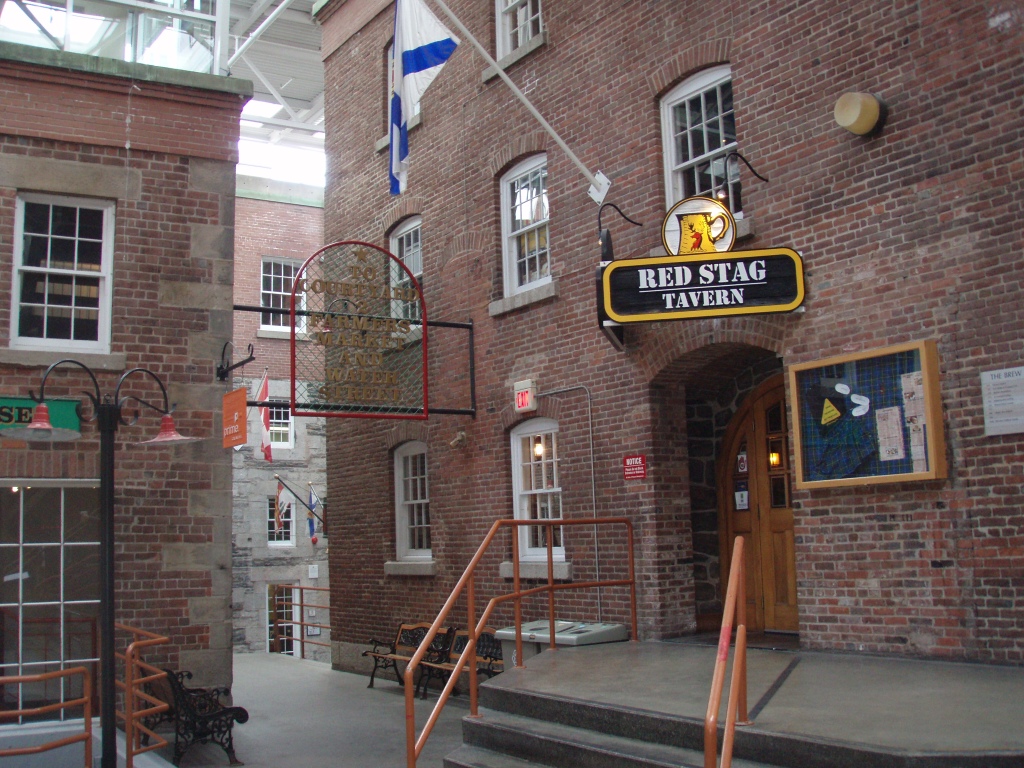

For hiking choose Point Pleasant Park.
Lace up your sneakers, grab a water bottle and head to the 75 hectare Park on the south tip of the Halifax Peninsula. Joggers, dog walkers and cross-country skiers flock here year-round. Some 39 km of trails wend past the ruins of early fortifications, the wind-swept shores of Halifax Harbour and, often, seals sun-bathing on the rocks. Pack a Frisbee and picnic and make a day of it.
East of Halifax, you’ll find Island-filled bays, broad sandy beaches and quaint seaside villages. Grab a coffee to go, buckle your seatbelt and head out to meet the sunrise and the rugged seascapes along the Marine Drive.
From Cole Harbour, follow Route 207 through the fishing villages
of Three Fathom, Harbour, Seaforth, Grand Desert and West Chezzetcook, where you’ll discover cultural traditions that date back to the earliest settlers and 18th century Acadians. Grab a bucket and a spade, roll up your pant – legs and go digging for clams on the flats of Clam Harbour or Jeddore Oyster Pond, or turn inland on Route 224 and follow the lush Musquodoboit River Valley west through some of Nova Scotia most unspoilt wilderness. Anglers should pack their tackle. The Musquodoboit river is one of Nova Scotia finest trout and salmon runs. Be sure to bring a camera. Autumn’s chill turns the Woodlands, lichen-covered rocks and heather moors into a guilt of orange, gold and crimson. It’s no wonder this pristine stretch of coast is fast becoming a mecca for outdoor adventurers.
Driving south of Halifax will bring you something different.
The Lighthouse route leads you through the distinctive cultures of Nova Scotia South shore, where life revolves around the sea as it has for centuries. Follow the shore of Halifax Harbour toward the ocean, taking Purcell’s Cove road, route 253, from the Armdale Rotary as it winds along the Northwest Arm. At Herring Cove, route 253 joints route 349 and continues south through Portuguese Cove, Duncan’s Cove, Ketch Harbour and Sambro.
Today these picturesque fishing communities are also home to thriving craft and artisan communities.
Shutterbugs should allow plenty of time to snap the coastal colour in the tiny villages that dot the route. Here you will learn of shipwrecks, lighthouses, old churches and the lives of those who settled here.

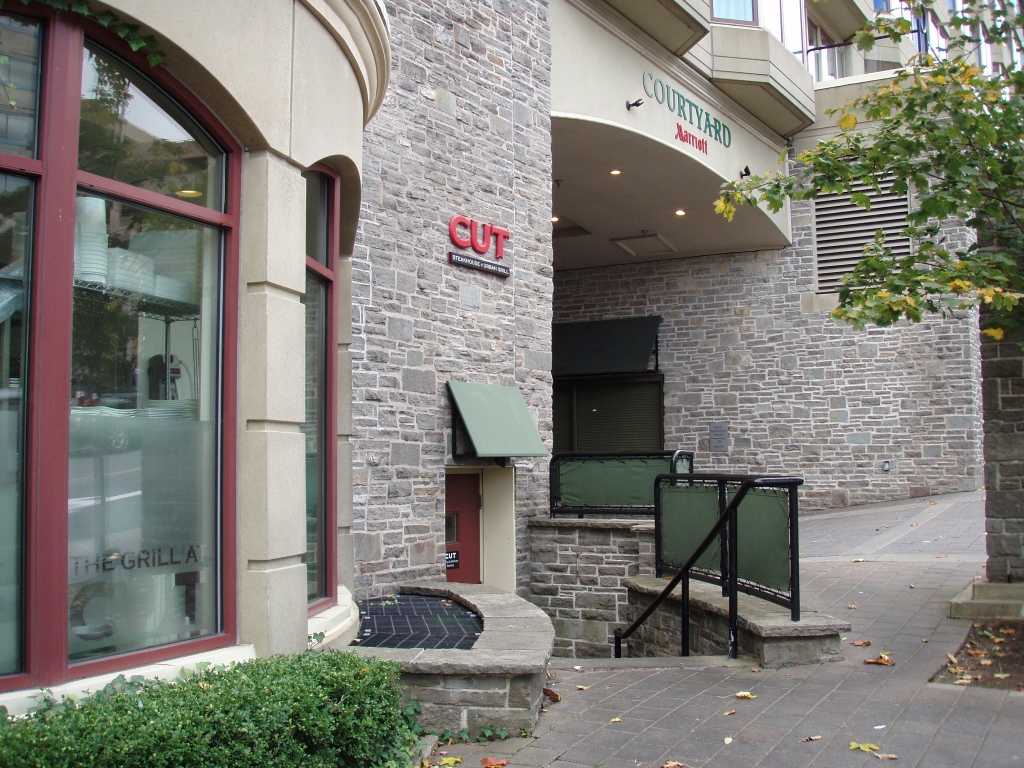
Booking hotel in Courtyard by Marriott Halifax
Reserve a table for a perfect dining experience in Shuck Seafood Restaurant located in Courtyard Hotel. Taking great care to obtain environmentally friendly products and ingredients, Courtyard Hotel local supplier Afishionado Fishmongers, supplies the bulk of the fresh seafood. From steak to seafood, to classic ribs, enjoyment is guaranteed! Certified by Oceanwise
Promotion:
Search and Compare Hotels in Halifax with Trivago online booking platform



Keywords: Halifax, bookinghotelin, Nova Scotia, Canada, Nova Scotia, Halifax
Other simiar stories: Travel to Puerto Rico Travel to Cuba Travel to Hawaii

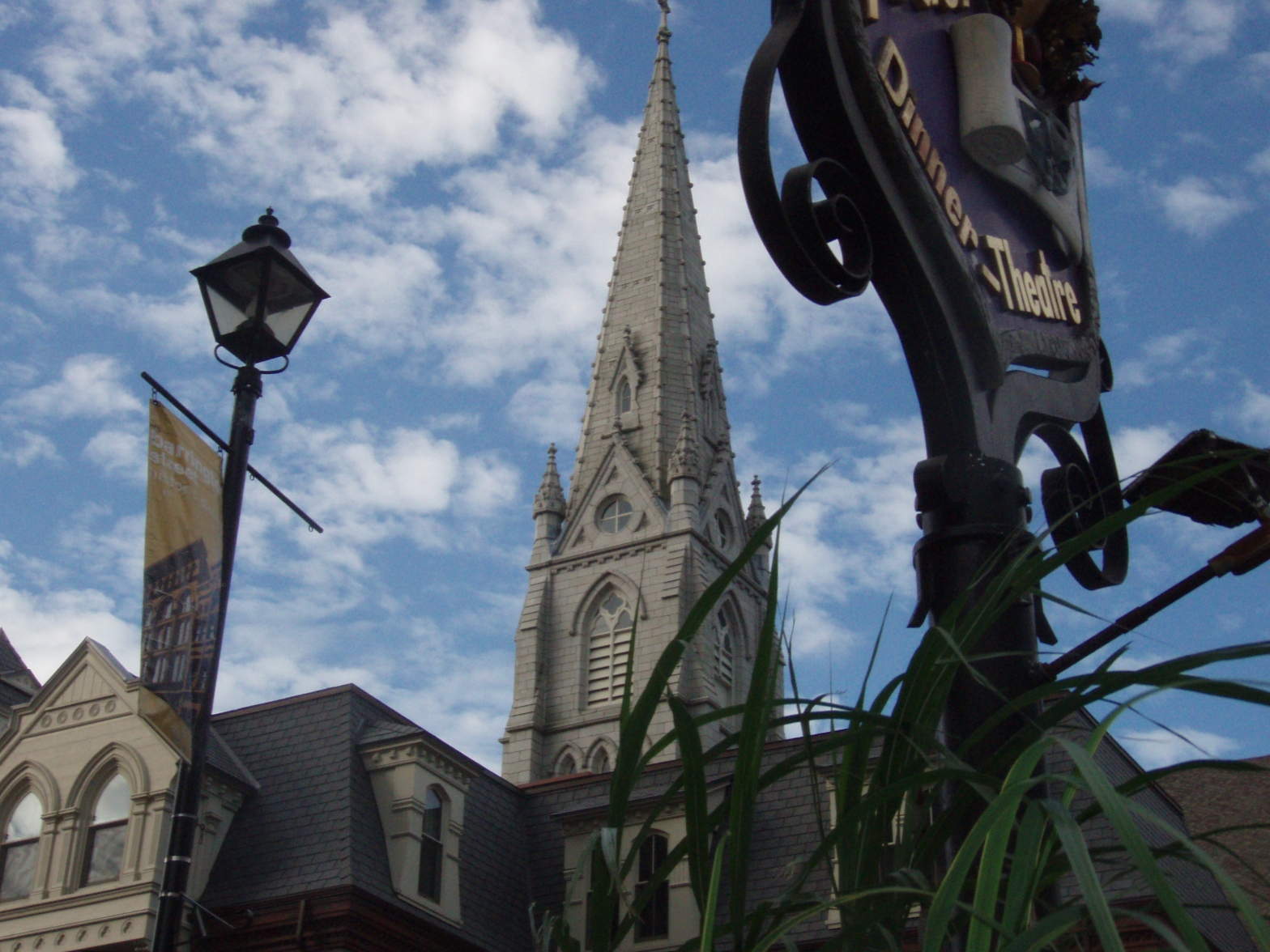

I had never head of Halifax referred to as city of trees before. Interesting. Maggie
LikeLike
When I visited Halifax couple of years back was surprised as well. According to the statistics Halifax’s has its own Urban Forest ( jungle)with around 709,000 publicly-owned trees alongside the main streets and 552,000 naturally regenerated trees along Halifax roadways. Wow!😀
LikeLiked by 1 person
Beautiful Halifax ! Well shared with beautiful photos and description
LikeLike
If we ever won the Lottery, this is where we’re going!
Gwen.
LikeLike
You never know. Nothing is unreachable
LikeLiked by 1 person